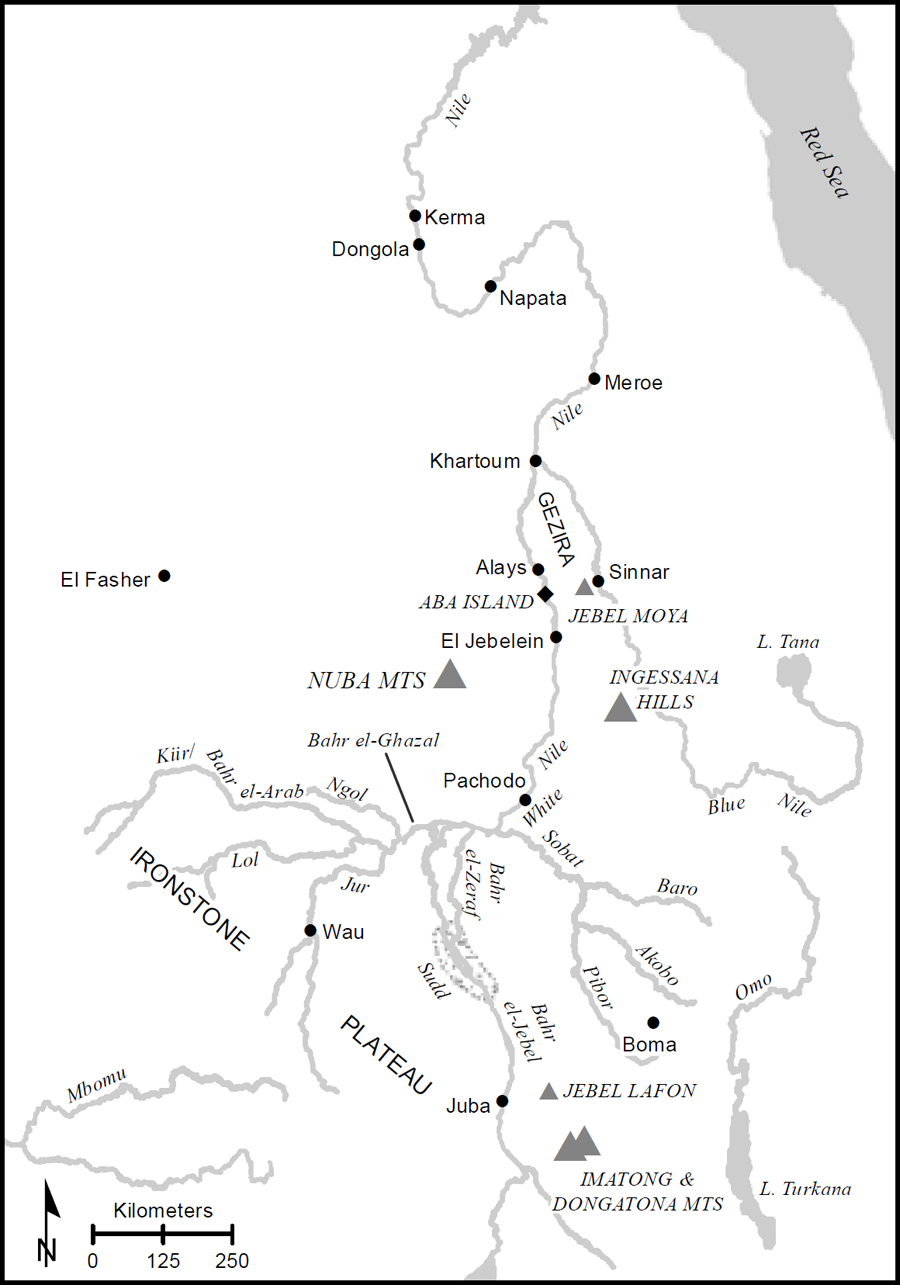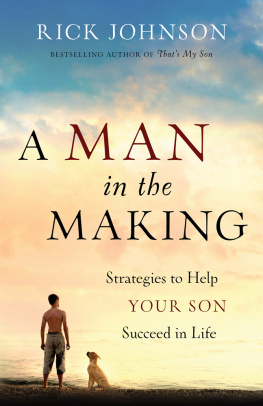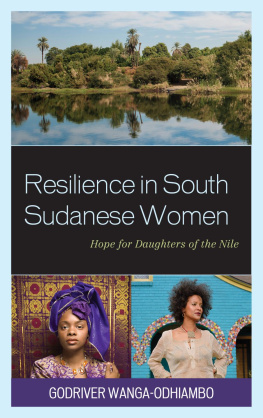Advance praise for South Sudan
For anyone wishing to gain a fresh perspective on South Sudan, this new history is essential reading. Basing his account on decades of research and involvement, Johnson delivers a superlative summation of an exceptional history. Culturally and politically nuanced, his insightful narrative is engagingly written, economically delivering to the reader a real appreciation of South Sudans burden of becoming while, at the same time, scouting the forces that will shape its future.
Mark Duffield, author of Development, Security and Unending War: Governing the World of Peoples
Douglas Johnsons South Sudan is a bold project by an author deeply knowledgeable about how local histories have now merged into a new and troubled state. The book offers impressive details for how disparate ethnicities have come to take on the obstacles to building a nation, or the failure to do so. Johnson has been a consummate observer of this place and this struggle that has a history and faces extraordinary challenges to make a national future.
James C. McCann, author of Maize and Grace: Africas Encounter with a New World Crop
Johnsons unrivaled knowledge of South Sudans history is apparent throughout this concise and readable book. His approach is both sympathetic and critical: South Sudans current woes are explicable, but not inevitable. It would be easy to see South Sudans history simply as a bleak story of oppression and misrule; but Johnson shows us that it is also a story of innovation and courage. South Sudan has a deeply problematic historical legacy, and the current situation is dire: yet as this timely book shows, it is not hopeless.
Justin Willis, coeditor of The Sudan Handbook
It is a challenging intellectual responsibility to write a new history for a new nation, but it is difficult to imagine anyone better qualified to do it than Douglas Johnson. In this brief book Johnson not only covers the entire sweep of the history of southern Sudan from the ancient period to the present day but evokes with precision and nuance crucial developments in the history of region and nation and its peoples.
Charles H. Ambler, author of Kenyan Communities in the Age of Imperialism
South Sudan: A New History for a New Nation is the best current political history of the worlds youngest nation by its most prominent living historian.
Deborah Scroggins, author of Emmas War
South Sudan
OHIO SHORT HISTORIES OF AFRICA
This series of Ohio Short Histories of Africa is meant for those who are looking for a brief but lively introduction to a wide range of topics in African history, politics, and biography, written by some of the leading experts in their fields.
Steve Biko
by Lindy Wilson
Spear of the Nation (Umkhonto weSizwe): South Africas Liberation Army, 1960s1990s
by Janet Cherry
Epidemics: The Story of South Africas Five Most Lethal Human Diseases
by Howard Phillips
South Africas Struggle for Human Rights
by Saul Dubow
San Rock Art
by J.D. Lewis-Williams
Ingrid Jonker: Poet under Apartheid
by Louise Viljoen
The ANC Youth League
by Clive Glaser
Govan Mbeki
by Colin Bundy
The Idea of the ANC
by Anthony Butler
Emperor Haile Selassie
by Bereket Habte Selassie
Thomas Sankara: An African Revolutionary
by Ernest Harsch
Patrice Lumumba
by Georges Nzongola-Ntalaja
Short-changed? South Africa since Apartheid
by Colin Bundy
The ANC Womens League: Sex, Gender and Politics
by Shireen Hassim
The Soweto Uprising
by Noor Nieftagodien
Frantz Fanon: Toward a Revolutionary Humanism
by Christopher J. Lee
Ellen Johnson Sirleaf
by Pamela Scully
Ken Saro-Wiwa
by Roy Doron and Toyin Falola
South Sudan: A New History for a New Nation
by Douglas H. Johnson
South Sudan
A New History for a New Nation
Douglas H. Johnson
OHIO UNIVERSITY PRESS
ATHENS
Ohio University Press, Athens, Ohio 45701
ohioswallow.com
2016 by Ohio University Press
All rights reserved
To obtain permission to quote, reprint, or otherwise reproduce or distribute material from Ohio University Press publications, please contact our rights and permissions department at (740) 593-1154 or (740) 593-4536 (fax).
Printed in the United States of America Ohio University Press books are printed on acid-free paper 
26 25 24 23 22 21 20 19 18 17 16 5 4 3 2 1
Cover design by Joey Hi-Fi
Library of Congress Cataloging-in-Publication Data
9780821445846 (e-book)
For Wendy, with love
Contents
Illustrations
Figure
Maps
Tables

Map 1 Topography of Sudan and South Sudan. Map by Brian Edward Balsley, GISP

Map 2 South Sudan in the nineteenth century. Map by Brian Edward Balsley, GISP

Map 3 South Sudan in 1956. Map by Brian Edward Balsley, GISP

Map 4 South Sudan in 2011. Map by Brian Edward Balsley, GISP
Introduction
This Is Where We Came From
On 9 July 2011 I attended South Sudans formal independence ceremony in Juba, an event that marked a departure for Africa. Most African countries became independent on a negotiated transfer of power from a colonial authority to a new national elite. South Sudans independence came from the directly expressed will of its people. There was a shared sense of the historical importance of the event beyond the exercise of self-determination by Africas newest nation. My companions that day included a Kenyan and a Ugandan, both from communities who shared languages and histories with South Sudan. This is where we came from, one of them commented. This is our home.
Watching the arrival of several African heads of state, one sensed a change in Africa as well. When the Organization of African Unity (OAU) was founded in the early 1960s, Sudan was already locked in its first civil war. South Sudans exile leaders, fighting what they called their own anticolonial struggle, were shunned by the new African governments bound in solidarity to each other. South Sudanese warnings against the nascent OAU becoming a club for dictators proved all too prescient, but as John Garang, South Sudans leader in the second civil war, later commented, We were the pariahs of Africa, and the warnings were ignored. Yet here Africas leaders now were lining up to watch the flag of one African Union member go down as that of a future member went up.
My own introduction to South Sudan began more than forty years earlier as a student at Makerere University College in Uganda sharing classes with South Sudanese refugee students. Sudan was then nearing a turning point in its long first civil war. Jaafar Nimeiris May Revolution had proclaimed that the war needed a political rather than a military solution. Southern guerrilla forces, the Anyanya (named after a local poison), were finally coalescing around a unified leadership. Despite pronouncements of an imminent peace, the war continued for nearly three more years.
Next page





















